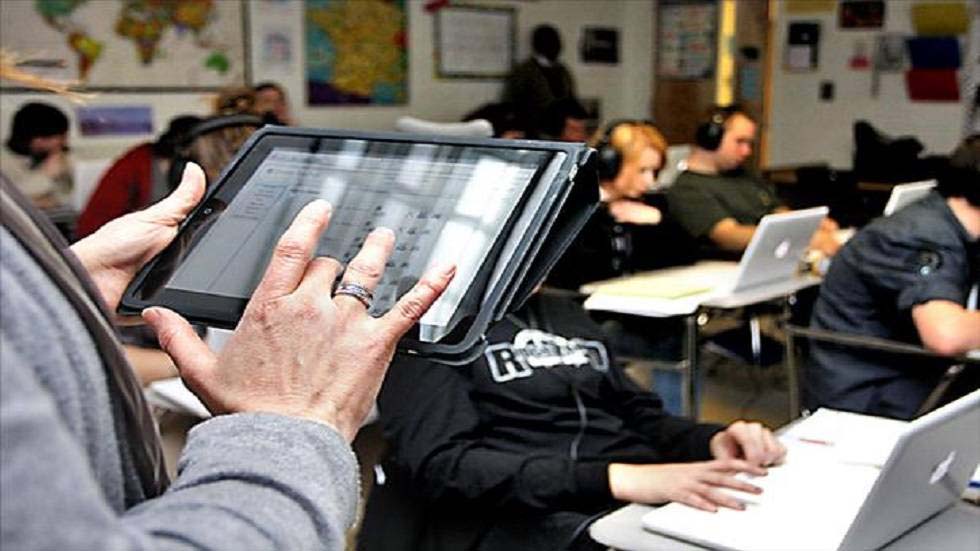Everything from the emergence of MOOCs to new learning styles is mounting financial and sustainability pressures thereby impacting the education landscape.
The pressure is increasing the boiling point and so one finds, every day higher education leaders has to develop new strategies to leverage these developing challenges and opportunities.
It is collaborative effort in handful areas that can help higher education serve students’ better recruit and retain students. World over, priorities in higher education is to increase completion rates and strengthen students’ educational experience that prepares them to be healthy and dynamic citizens of the society and for the success in the 21st Century. Fulfilling such priorities imply there is a chance to exponentially improve the future of higher education.
As far as, strengthening the students’ educational experience is concerned, stakeholders must strive towards improving the learning environment, offer high quality educational experiences to prepare students. A new model of learning has to come up to help embrace organizational innovation, responsiveness and adaptation.
And, because technology is continuously disrupting almost every area of our lives today, such is sure to influence shifts across the spectrum of higher education. A valid point of consideration here is that, most students have grown-up online and will expect the same levels of technology in their learning environment as well. Today’s students want an all-time access to the network and resources, wherever they are on or off campus, for a deeper and more flexible learning experience.
Absence of opportunity is one major threat, because limited or no access to technology will result in a greater divide between certain categories of student.
Effective Ways to Transform Learning Environment in Higher Education
Most of the universities are stepping into creation of innovative, personalized learning experience designed to improve student success. MOOCs is regarded as a change agent to boost Innovation in Higher Education. It is also influencing teaching and learning altogether. Let’s check out what other technology solutions is catalysing change in Universities learning environment.
1. As change in higher education is powered by digital technologies the new learning environment will be a place where space, technology and culture converge. Stakeholders have to think upon designing a technology-enabled learning environment for higher education.
As a reference model, the Spark Academic Innovation Hub– which is a revolutionary technology-enabled learning and teaching environment at the Washington State University is by far an ideal instance out of the many. The technology enabled innovation is helping students learn, collaborate and engage with each other on their Pullman, WA Campus.
The school of design at Hong Kong Polytechnic University is created as the new driving force in the development of Hong Kong Design hub in Asia. Behind the new design, Steelcase has applied the concept and principles of Active Learning to create a learning environment which takes the Hong Kong Polytechnic University School of design into the future.
2. Maker spaces would certainly be at the central stage of higher education. It is the maker space at colleges that help students find the missing link between educational world and the professional world. Students find a relationship between what they are learning in the classroom and what they will need to do on the job.
As a reference model out of the many available, the instance of Lovine and Andre Young Academy for Arts, Technology and the Business of Innovation is vibrant to kick-start campus imagination. The academy wanted to create a program which melded with the engineering, business and humanities education and aided to produce innovative entrepreneurial graduates. The most important part of the program requires students to build products and spend much of their senior year creating prototypes; USC housed the academy in a makerspace dubbed the garage.
3. Today we are at the cusp of a major revolution from mobile to immersive computing. It is predicted that AI and immersive tech will reshape learning forever. Further, technology advances are also giving higher education institutions new ways to approach student assessment. Today, the measurement is such that it better reflects the diverse skills and abilities that students may acquire on campus and from internships, study abroad and other learning experiences.
The one-size-fits-all curriculum will take a backseat soon for it leaves some students behind. As an alternative, educators will be leveraging the benefits of more data-driven insights to tailor their teaching to the needs of the individual students. Block chain, is yet another trend that is soon to become the most dependable technology of Universities across the world and some early adopters have already started using it. The Massachussets Institute of Technology (MIT) has created an open-source system that uses block chain to allow individuals to securely create as well as share official documents and sensitive data, including academic transcripts in low maintenance way.
By implementing innovative learning models and using technology in education in advanced ways. These new ways of learning keep learners engaged and on track and take advantage of the revolutionary ways in which students and instructors are connecting.
Austin Community College in Texas includes a lot of open space, a large computer lab and a large computer lab and a commitment to individual attention to head towards a new positive learning environment. In the college’s Accelerator, which opened in 2014, instructors work with small groups of students, at their own pace, to help them master challenging subject like mathematics. The effort has proved enormously popular and may well be taken as a reference model to create learning space suitable to cater to the needs of the future.
The video below will help you understand the meaning of it better. Do not miss out watching it therefore.
